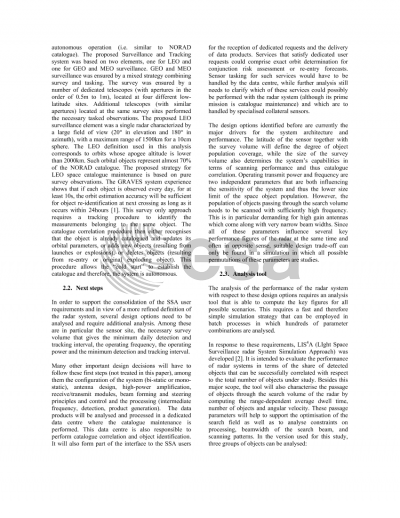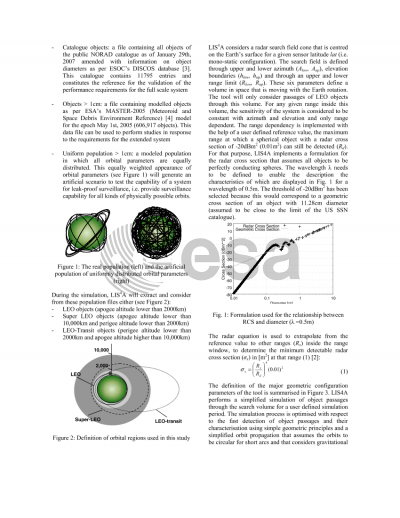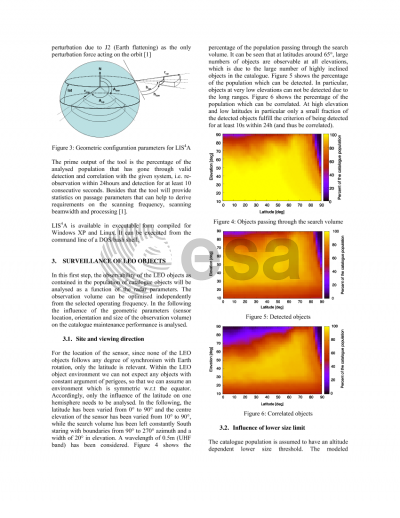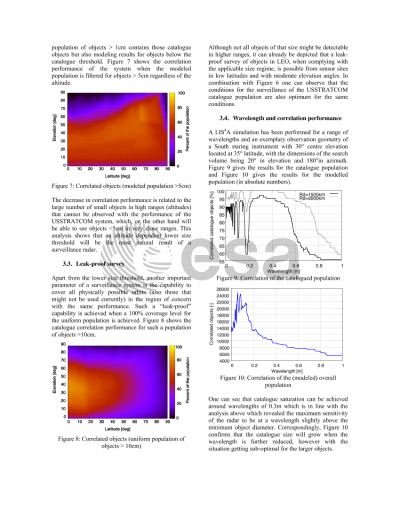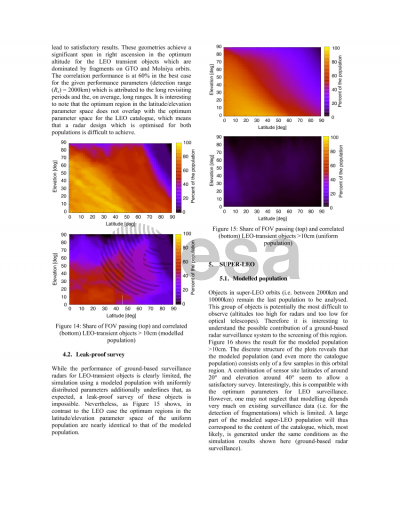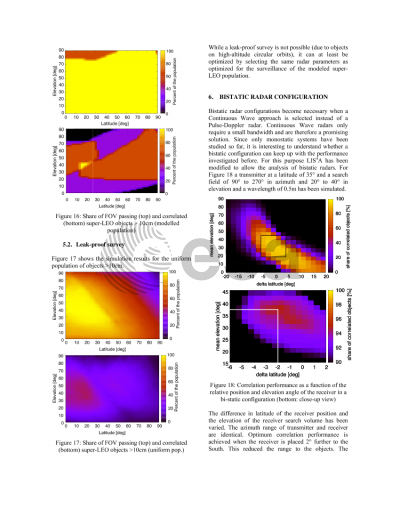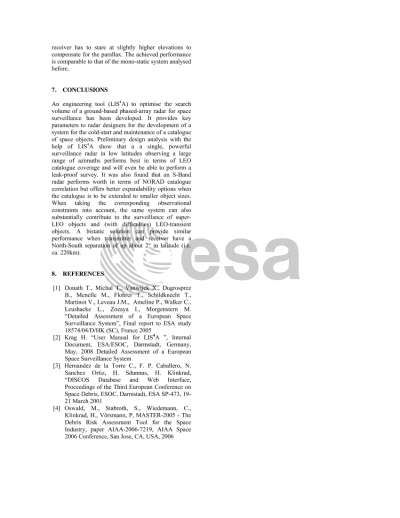Document details
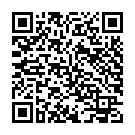
Abstract
Europe is preparing for the development of an autonomous space surveillance and situational awareness system. First concept and capability analysis studies have led to a draft proposal for the surveillance and tracking part of the system. This foresees, in a first deployment step, ground-based surveillance and tracking radar systems, a network of optical telescopes and a data centre. In a second step the system is planned to be extended by adding space-based assets and the associated ground-segment. The terrestrial part of the system will be responsible for the build-up and maintenance of a catalogue of space objects. Studies showed that one large phased array radar alone could act as the single means for the generation of a catalogue of LEO objects (apogee altitudes < 2000km). Catalogue initialisation requires the presence of objects in the radar search window for a minimum time span to enable orbit determination of sufficient accuracy. Catalogue maintenance requires objects to be re-observable after limited time spans so that they can be clearly correlated. Today, the user requirements on the performance of the system are under definition. Different options to specify the desired system performance in terms of the resulting object catalogue have been proposed. One of them is to specify a certain coverage level of the existing NORAD catalogue. A second one is to request full coverage of all objects above a certain diameter threshold. Both approaches have certain advantages (e.g. the first one being verifiable by tests and the second one leading to an unbiased/independent catalogue). However, these requirements might impose different system designs in terms of the sensor location, and the dimensions and the orientation of the search field. This paper outlines the consequences of the cataloguing performance requirements on the high-level system design. Simulation tools are used to investigate key parameters such as the optimum radar wavelength, the viewing direction and search field dimensions as a function of these specifications. First attempts to identify the most practicable approach to define the system and the corresponding sensor design are made with a focus on future expansion capabilities of the system (towards lower limiting diameters). Orbit determination accuracy and orbit information update cycles are addressed. Potential performance issues of a transition from a monostatic to a bistatic configuration are also analysed.
Preview

